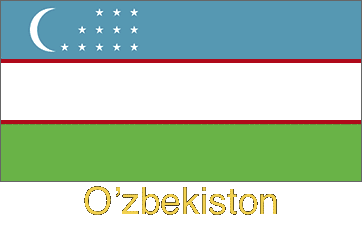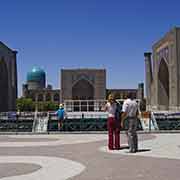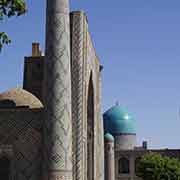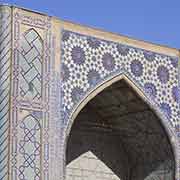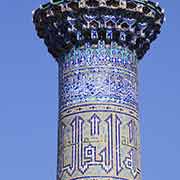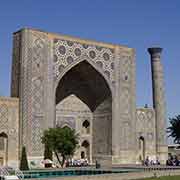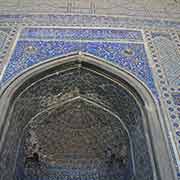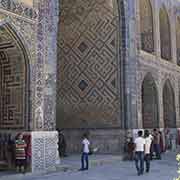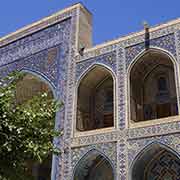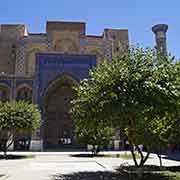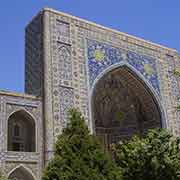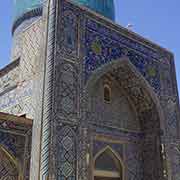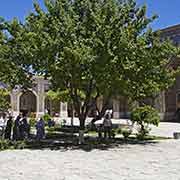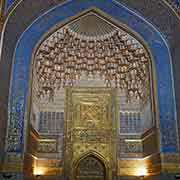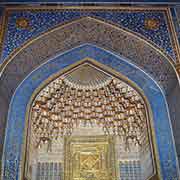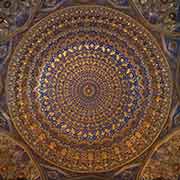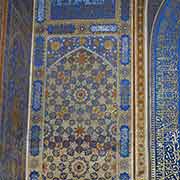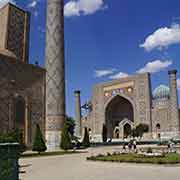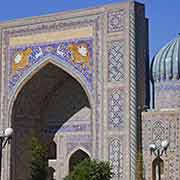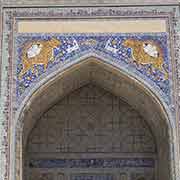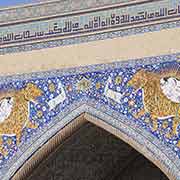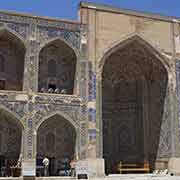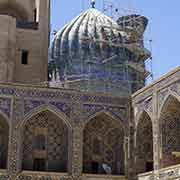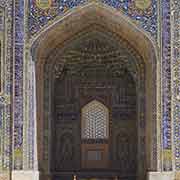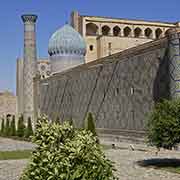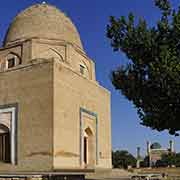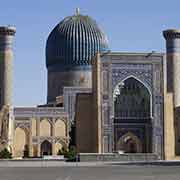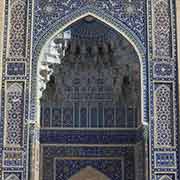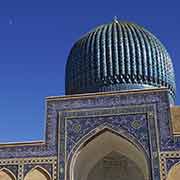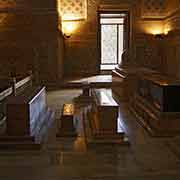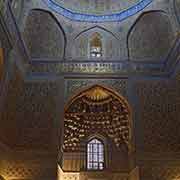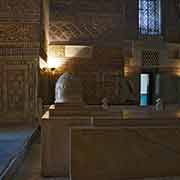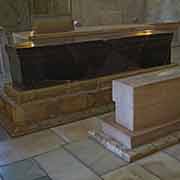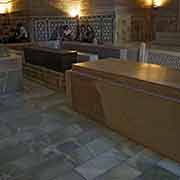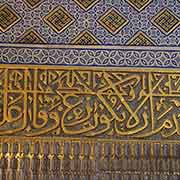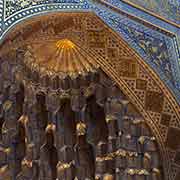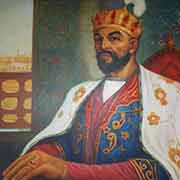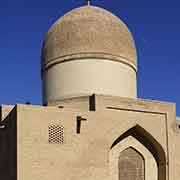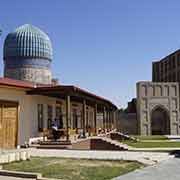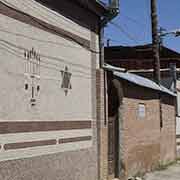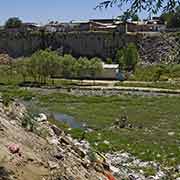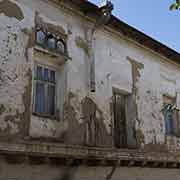Photos of Samarkand: the historic centre, Uzbekistan
Samarkand: the historic centre
Samarkand (Samarqand in Uzbek) is one of the oldest continuously inhabited cities in Central Asia. Although there were people living here 40,000 years ago, it is assumed it was founded between the 8th and 7th centuries BCE. It prospered from its location on the Silk Road between China and the Mediterranean and became one of the greatest cities of Central Asia. It was a main centre of the Sogdian (Ancient Iranian) civilisation and its capital in the Achaemenid (First Persian) Empire, when it was taken by Alexander the Great in 329 BCE. The city was then known by its Greek name of Marakanda. After it recovered from its conquest, it flourished; it became part of Greek successor states after Alexander’s death and, from the First century BCE the Kushan Empire. The city was then ruled by a succession of Iranian and Turkic rulers until the Mongols under Genghis Khan conquered Samarkand in 1220.
you may then send it as a postcard if you wish.
In 1370 the conqueror Timur (Tamerlane), the founder and ruler of the Timurid Empire, made Samarkand his capital. During the next 35 years, he rebuilt most of the city and populated it with the great artisans and craftsmen from across the empire. Timur gained a reputation as a patron of the arts and Samarkand grew to become the centre of the region of Transoxiana. During his reign the city had a population of about 150,000 and splendid religious and palatial masterpieces were built, like the Registan, the ancient centre of the city. The Bibi-Khanym Mosque (however, it is mostly a modern replica) remains one of the city's most notable landmarks. Samarkand is the site of Timur’s mausoleum (the Gur-e Amir). Between 1424 and 1429, Timur’s grandson, the great astronomer Ulugh Beg, built the Samarkand Observatory, considered by scholars to have been one of the finest observatories in the Islamic world.
Samarkand came under imperial Russian rule after the citadel had been taken in 1868. There were attempts at resistance, but eventually the Russians prevailed; they built a Russian section to the west of the old city and in 1886 it became the capital of the newly formed Samarkand Oblast of Russian Turkestan. The Russians implemented Turkification upon Samarkand Tajiks replacing the (Persian) Tajik language with Uzbek resulting in an Uzbek domination. Tajik had been the dominant language in Samarkand. Today it is assumed that Tajiks are the major ethnic group in the city, with ethnic Uzbeks a growing minority. Some identify as “Uzbek” although they speak Eastern Persian as their first language.
Today, Samarkand is the capital of Samarqand Region and Uzbekistan's second largest city with a population of over half a million. It is noted as an Islamic centre for scholarly study and has carefully preserved the traditions of its ancient crafts: embroidery, gold embroidery, silk weaving, copper engraving, ceramics, carving and wood painting. In 2001 UNESCO added the city to its World Heritage List. It is a wonderful place with its many finely restored monuments from the time it was Timur’s capital. Most famous is the Registan, the heart of the ancient city of Samarkand of the Timurid dynasty, a public square, with its three wonderfully restored madrasahs, the Gur-e-Amir, the mausoleum of Timur and the winding streets of the old city.


